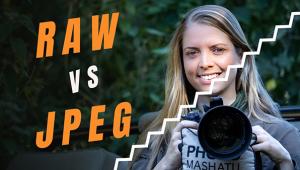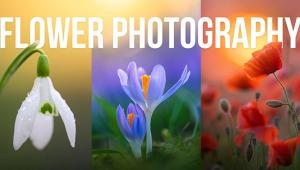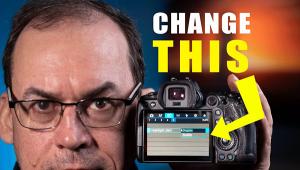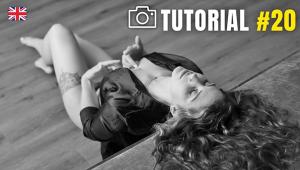Williams originally was selected by the New York Mets from Carson High School in Carson City, Nevada, but he did not sign with the Mets.
phd thesis proposal
Sony A65 DSLR Review
The Sony A65 is a feature-reduced version of the company’s A77 model. It offers a nominal resolution of 24MP (just like the A77). The A65 uses Sony’s SLT system, which combines a semi-translucent mirror system and an electronic viewfinder. The semi-translucent mirror reflects a part of the light to the Phase Detection AF sensor, which is located in the penta-prism bulge on the top of the body and allows for very fast focusing. At the same time, the image sensor is able to generate a digital live preview for the LCD on the back or on the mini LCD screen of the ELV. Both monitor systems use high-resolution LCDs. The large monitor on the back offers 921,600 RGB dots; the AMOLED ELV offers 2.3 million dots for a brilliant and crisp image.





Lab results and test images by BetterNet, our TIPA-affiliated testing lab. Edited by George Schaub. Note: A lab spec sheet of the Sony A65 can be found in the Instant Links section of our website filed under this issue’s date. Visit www.shutterbug.com.
The camera is smaller than the A77 and nearly the same size as an entry-level SLR system. Due to its more compact body, the functional elements are arranged a bit differently. While the A77 uses a small joystick and two setup dials for menu navigation and changing parameters, the A65 offers an eight-way cursor field and one setup dial located near the shutter release button. The A77 has a status LCD on the top; the A65 has only the LCD on the back to show all parameter information. Nevertheless, these elements allow for a fast and efficient set up of the camera.
The AF system uses 15 AF sensor areas (the A77 has 19); three of the areas work as cross-type sensors. The AF system works extremely fast, most noticeable when shooting in continuous mode. The camera is able to record up to 10 frames per second at full resolution. But, just like the A77, the A65 has to use a special burst shooting mode with automatic exposure settings to achieve this very high speed.
Nevertheless, it’s a very nice camera for recording fast action sports. The camera also features a focus tracking system to keep fast-moving subjects in focus. The fastest shutter speed is 1/4000 sec (A77: 1/8000 sec), which is adequate for most situations.
The camera is able to record Full HD video. It uses the AVCHD 2.0 standard to record up to 50 full frames (progressive mode) and allows video recording in all standard exposure settings like P, S, A, and M, plus records stereo sound.



Image Quality
Color: Even though the camera reproduced the standard test box shot and the portrait shot with slight underexposure, the colors look natural. The white balance system causes a shift into more yellow and green areas in our test shots with fluorescent light (color temperature 5000K), but this shift doesn’t appear in images in daylight situations. While the camera tends to a warmer color reproduction it does a very good job differentiating related colors like red and orange tones, seen in the red and orange brushes in the standard test box shot and the red fabric of the model’s T-shirt.
Sharpness: The resolution results are little disappointing. The camera gained a maximum of 3018 lines per picture height, which is an impressive result for an APS-C system, but much lower than the nominal resolution of 4000 lines in picture height. Nevertheless, images like the portrait shot have a really crisp look. The sharpness filtering and therefore the high overshot factor of nearly 18.5 percent are responsible for this sharp image impression. The good color differentiation is another reason for this crisp look.
Noise: Just like the A77, the A65 showed a very good performance for a camera with an extreme high pixel density/concentration on an APS-C-sized sensor. Up to ISO 1600, the images look very smooth and clean; at ISO 3200 we noticed color noise effects. Color noise is filtered and will cause a certain watercolor or impressionist image effect, although images shot at ISO 6400 are still usable for large prints. In images taken with ISO 12,800 we noticed color clouds and anti-noise filtering patterns. Images taken with ISO 16,000 are showing a clearly visible dissolution of contrast lines (by anti-noise filtering) and can only be used for editorial purposes and when no additional light sources (flash) are applied.
Image Tech
Image Tech is where we publish web-exclusive lab reports on cameras. To read the reports please go to the Shutterbug homepage at www.shutterbug.com and click on the Image Tech tab on the top navigation bar. New reports are published frequently, so check Image Tech for updates. The following reports are available now:
• Leica X1
• Ricoh GR Digital IV
• Nikon P7100
• Olympus E-P3
• Panasonic FZ48
• Sigma SD1
• Sony SLT-A35
• Sony NEX-C3
Scorecard
The comparative chart can be used to rate the Sony A65 against similar cameras in our test series. Image Quality is an overall assessment of a broad spectrum of images produced by the camera. Resolution is a measured test of lines per picture height versus nominal resolution. Handling is a subjective rating of the camera’s responsiveness in the field. Scope of Supply is a subjective judgment of value/benefits when compared to similar cameras in its class.

Pro
• Extremely high sensor resolution
• Very fast AF system (SLT system)
• Very fast continuous shooting
Con
• Swivel monitor not as flexible as A77 monitor (A65 monitor can only be flipped up and down)
- Log in or register to post comments


































